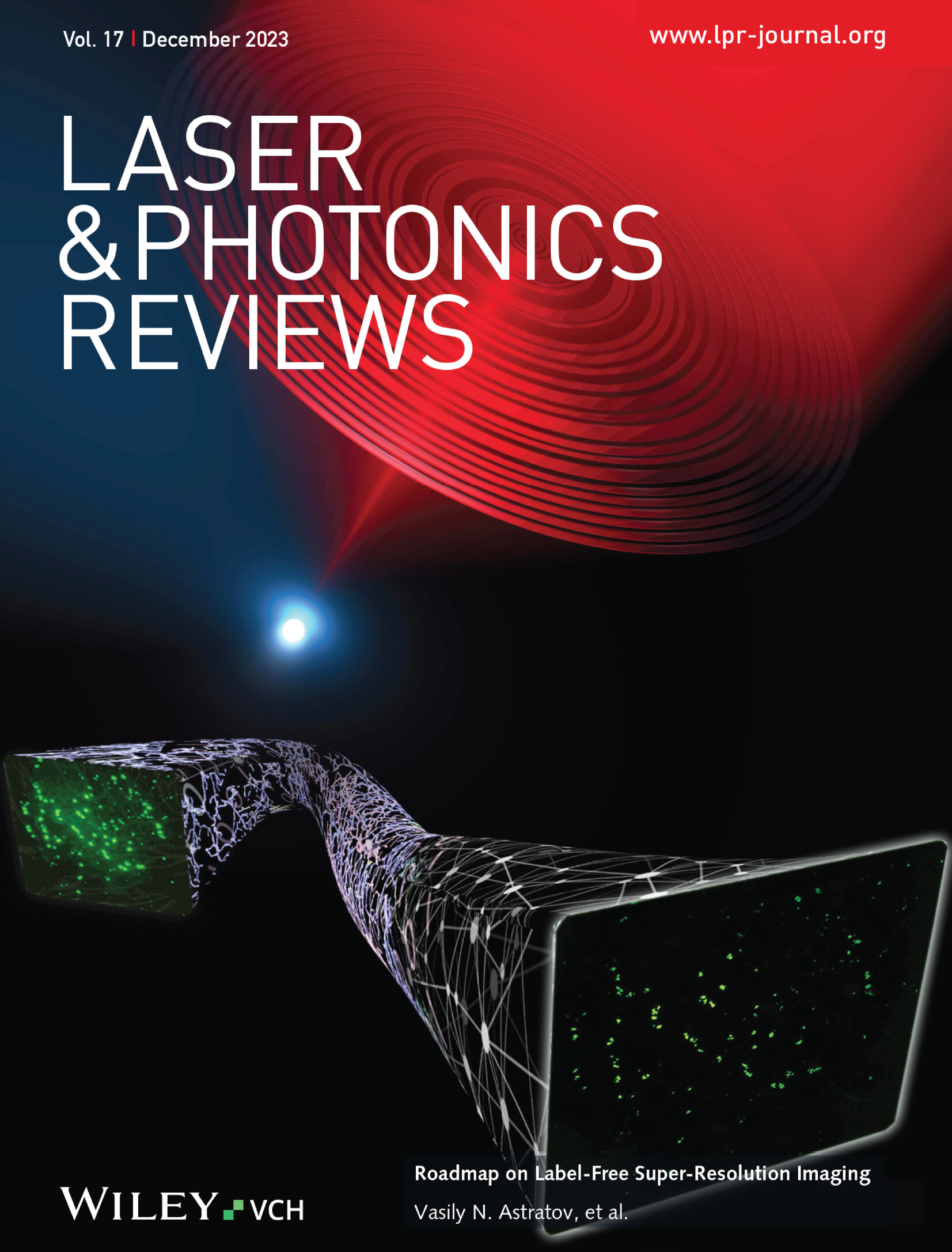On-Demand Tailoring of Optical Branched Flow via Soft Matter Domain Engineering
IF 9.8
1区 物理与天体物理
Q1 OPTICS
引用次数: 0
Abstract
Soft matter materials, known for their exquisite sensitivity to external stimuli, have facilitated the engineering of intriguing superstructures, driving groundbreaking advancements in photonics devices. However, in-plane manipulation of optical beams remains challenging, especially in the presence of complex scattering phenomena such as branched flow. Here, the controlled design of branched light flow, beginning with fundamental beam refractions in soft nematic liquid crystals (NLCs), is demonstrated. Leveraging a multistep photoalignment technique, disordered optical potentials are generated by exploiting the intricate inhomogeneity of NLC domain mesostructures. By tuning the density of these domains, the correlation length of disordered potential can be adjusted, thereby enabling control over the branched flow of light. The unconventional intensity statistics and the rapid fidelity decay along propagation are revealed through in-plane light scattering, illuminating the complex dynamics of light–matter interactions. Furthermore, a phenomenon that transcends the classical understanding of branched flow is uncovered: the emergence of unilateral branches at the boundary of disordered regions of NLCs. This work underscores the unique capabilities of the customizable soft matter platform in shaping the very nature of light transport in planar disordered media and offers a new approach toward novel soft photonics and diffractive optical computing.

通过软物质领域工程按需定制光学分支流
软物质材料以其对外部刺激的敏感性而闻名,促进了有趣的上层建筑工程,推动了光子器件的突破性进展。然而,在平面内操纵光束仍然具有挑战性,特别是在存在复杂散射现象如分支流的情况下。本文从软向列液晶(NLCs)中的基束折射开始,演示了支化光流的控制设计。利用多步光对准技术,利用NLC域介结构复杂的非均匀性产生无序光势。通过调整这些域的密度,可以调节无序势的相关长度,从而实现对光的分支流的控制。通过平面内光散射揭示了非常规的强度统计和沿传播的快速保真度衰减,揭示了光-物质相互作用的复杂动力学。此外,研究还发现了一种超越对分支流动的经典理解的现象:在NLCs的无序区域边界出现单边分支。这项工作强调了可定制软物质平台在塑造平面无序介质中光传输本质方面的独特能力,并为新型软光子学和衍射光学计算提供了一种新方法。
本文章由计算机程序翻译,如有差异,请以英文原文为准。
求助全文
约1分钟内获得全文
求助全文
来源期刊
CiteScore
14.20
自引率
5.50%
发文量
314
审稿时长
2 months
期刊介绍:
Laser & Photonics Reviews is a reputable journal that publishes high-quality Reviews, original Research Articles, and Perspectives in the field of photonics and optics. It covers both theoretical and experimental aspects, including recent groundbreaking research, specific advancements, and innovative applications.
As evidence of its impact and recognition, Laser & Photonics Reviews boasts a remarkable 2022 Impact Factor of 11.0, according to the Journal Citation Reports from Clarivate Analytics (2023). Moreover, it holds impressive rankings in the InCites Journal Citation Reports: in 2021, it was ranked 6th out of 101 in the field of Optics, 15th out of 161 in Applied Physics, and 12th out of 69 in Condensed Matter Physics.
The journal uses the ISSN numbers 1863-8880 for print and 1863-8899 for online publications.

 求助内容:
求助内容: 应助结果提醒方式:
应助结果提醒方式:


